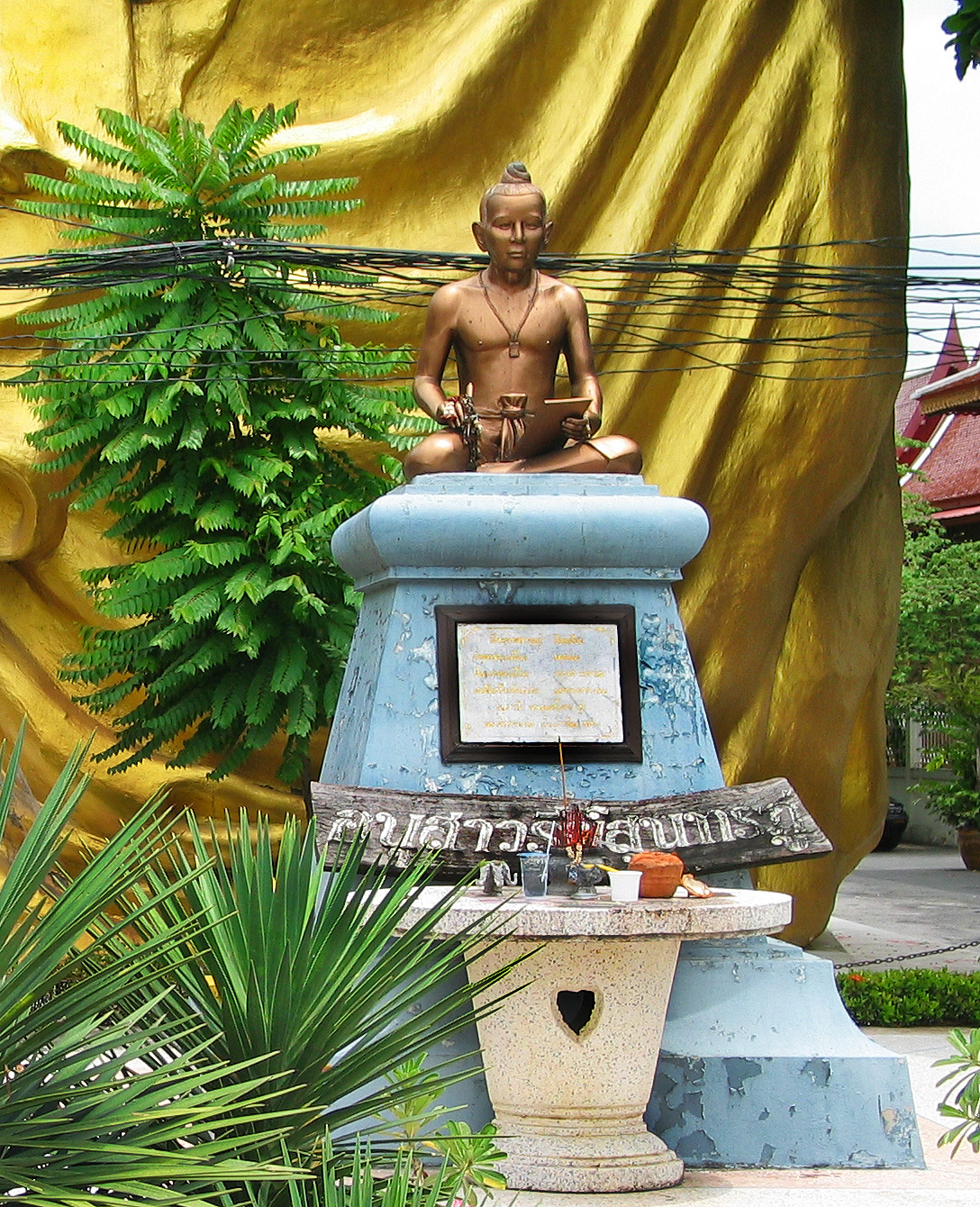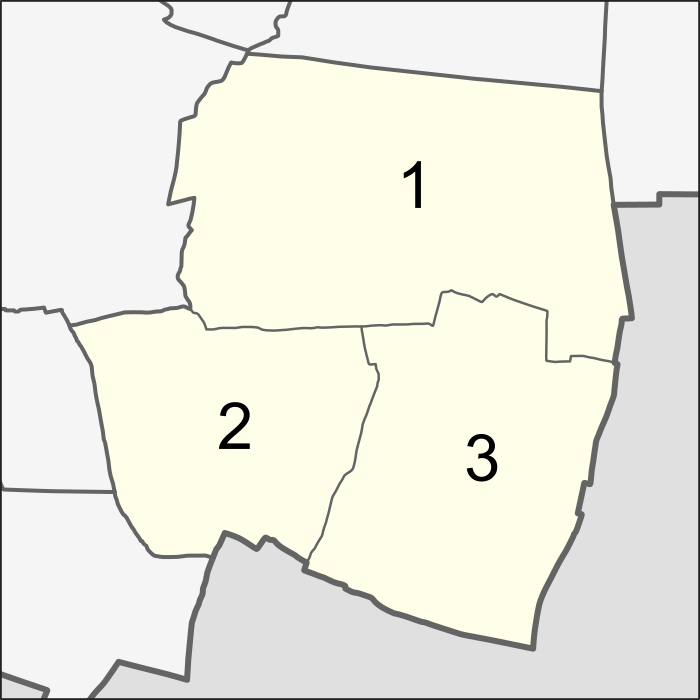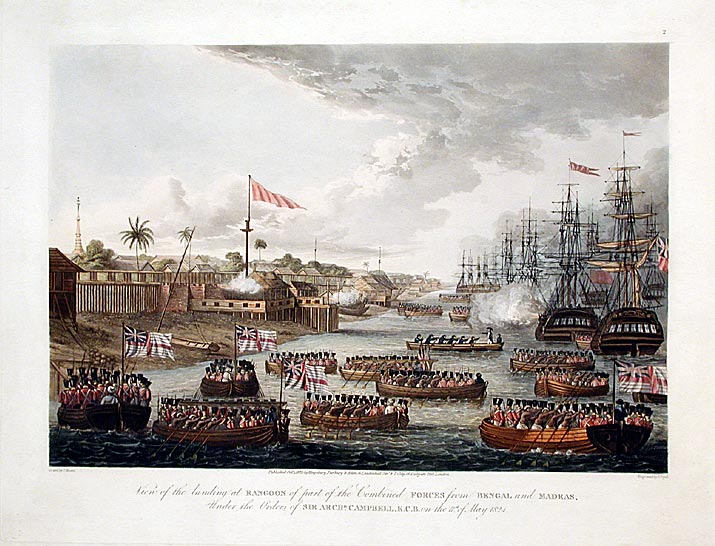|
Bang Phli District
Bang Phli (, ) is a district (''amphoe'') of Samut Prakan province in Thailand. It is home to Suvarnabhumi Airport (also called (New) Bangkok International Airport), which opened on 28 September 2006 as Thailand's primary airport. The district was part of the once-proposed Nakhon Suvarnabhumi province. History Bang Phli appeared as evidence that it has been a habitat since the Khmer era (around 435–1158), because many areas around it are names that are derived from Khmer such as Thap Nang, Nam Daeng, Bang Chalong etc. The Khlong Samrong canal, which is long, flows through the area and is considered a main watercourse. Rattanakosin's renowned poet Sunthorn Phu wrote about Khlong Samrong in his work ''"Nirat Mueang Klaeng"'' during a visit to his father in Rayong Province. When he arrived here and impressed with the young people that take a boat pass through. The name "Bang Phli" came from the assumption that when King Naresuan the Great fought with the enemies that came ... [...More Info...] [...Related Items...] OR: [Wikipedia] [Google] [Baidu] |
District
A district is a type of administrative division that in some countries is managed by the local government. Across the world, areas known as "districts" vary greatly in size, spanning regions or county, counties, several municipality, municipalities, subdivisions of municipalities, school district, or political district. Etymology The word "district" in English is a Loanword, loan word from French language, French. It comes from Medieval Latin districtus–"exercising of justice, restraining of offenders". The earliest known English-language usage dates to 1611, in the work of lexicographer Randle Cotgrave. By country or territory Afghanistan In Afghanistan, a district (Persian language, Persian ) is a subdivision of a province. There are almost 400 districts in the country. Australia Electoral districts are used in state elections. Districts were also used in several states as cadastral units for land titles. Some were used as squatting districts. Cadastral divi ... [...More Info...] [...Related Items...] OR: [Wikipedia] [Google] [Baidu] |
Sunthorn Phu
Phra Sunthorn Vohara (Phu) (, , ; 26 June 1786 – 1855), known as Sunthorn Phu (, , ), was a Thai poet. He is often referred to as the "Shakespeare of Thailand." Born four years after the founding of the Rattanakosin Kingdom, he entered royal service as a court scribe during the reign of King Rama II. After the King's death, he ordained as a monk for nearly 20 years before returning to government service near the end of King Rama III's reign. He served as a scribe to Prince Chuthamani, later known as Krom Khun Isaret Rangsan. During the reign of King Mongkut, he was promoted to the rank of Phra Sunthorn Vohara, Chief of the Department of Royal Scribes of the Front Palace, his final official position before his death. Phu's career as a royal poet began in the reign of King Rama II, and when the king died, he resigned from the role and became a monk. Twenty years later, in the reign of King Rama III, he returned to court as a royal scribe, where he remained for the rest of hi ... [...More Info...] [...Related Items...] OR: [Wikipedia] [Google] [Baidu] |
Bang Sao Thong District
Bang Sao Thong (; ) is a district (''amphoe'') of Samut Prakan province in central Thailand. Geography Neighboring districts are Lat Krabang to the north, Bang Bo to the east and Bang Phli to the west. History Bang Phli New Town (Thai ''Mueang Mai Bang Phli'') was established between 1992 and 1993 as a residential area for high-income families. The area around the new town, comprising three ''tambons'', was then split off from Bang Phli district and formed the new minor district (''king amphoe''), becoming effective on 1 April 1995. The Thai government, on 15 May 2007, upgraded all 81 minor districts to full districts. On 24 August 2007 the upgrade became official. Economy Nissan has an automobile factory in the district. Nissan produces hybrid electric vehicles (HEVs) there based on its e-Power technology as well as batteries for electric vehicles. It has a production capacity of 370,000 vehicles a year. Administration The district is divided into three sub-districts (''tamb ... [...More Info...] [...Related Items...] OR: [Wikipedia] [Google] [Baidu] |
Bangkok
Bangkok, officially known in Thai language, Thai as Krung Thep Maha Nakhon and colloquially as Krung Thep, is the capital and most populous city of Thailand. The city occupies in the Chao Phraya River delta in central Thailand and has an estimated population of 10 million people as of 2024, 13% of the country's population. Over 17.4 million people (25% of Thailand's population) live within the surrounding Bangkok Metropolitan Region as of the 2021 estimate, making Bangkok a megacity and an extreme primate city, dwarfing Thailand's other urban centres in both size and importance to the national economy. Bangkok traces its roots to a small trading post during the Ayutthaya Kingdom, Ayutthaya era in the 15th century, which eventually grew and became the site of two capital cities, Thonburi Kingdom, Thonburi in 1767 and Rattanakosin Kingdom (1782–1932), Rattanakosin in 1782. Bangkok was at the heart of the modernization of Siam during the late 19th century, as the count ... [...More Info...] [...Related Items...] OR: [Wikipedia] [Google] [Baidu] |
Lat Krabang
Lat Krabang (, ) is one of the eastern districts of Bangkok. Geography & history Lat Krabang (literally: "slope of shield") is the second largest district of Bangkok (the first one is neighbouring Nong Chok). No one's really sure what it means. One hypothesis suggests that it translates to "field of krabang". For the word ''Krabang'', it can also be translated another way as a fishing device used by locals in the past. Neighbouring districts are (from the south clockwise): Bang Bo, Bang Sao Thong and Bang Phli (Samut Prakan province); Prawet, Saphan Sung, Min Buri and Nong Chok (Bangkok) and Mueang Chachoengsao ( Chachoengsao province). Two-thirds of the district is farmland. Another part is the industrial park and residential area. Therefore, it is filled with ditches and canals, Khlong Prawet Burirom is a main waterway. The identity of the district is that of a local culture and the way of life is based on canal culture, since there is no road access in certain areas. So ... [...More Info...] [...Related Items...] OR: [Wikipedia] [Google] [Baidu] |
Prawet
Prawet (, ) is one of the Districts of Bangkok, 50 districts of Bangkok, Thailand. It is in the southeast. Neighboring districts are (from the east clockwise) Bang Phli district, Bang Phli (Samut Prakan province), Bang Na district, Bang Na, Phra Khanong district, Phra Khanong, Suan Luang district, Suan Luang, Bang Kapi district, Bang Kapi, Saphan Sung district, Saphan Sung and Lat Krabang district, Lat Krabang (Bangkok). The district is best known for Paradise Park (mall), Paradise Park, Seacon Square and Suan Luang Rama IX. History Prawet was once part of Phra Khanong District. Prawet was elevated to become a separate district in 1989. Part of Prawet, especially the Suan Luang Sub-district, was carved out to establish Suan Luang District on 14 January 1994. Its name after Khlong Prawet Burirom, a canal that flows through the northern area. In October 2005 the plan to create the special administrative area Nakhon Suvarnabhumi Province, Nakhon Suvarnabhumi around the new Suvarna ... [...More Info...] [...Related Items...] OR: [Wikipedia] [Google] [Baidu] |
Bang Na
Bang Na (, ) is one of the fifty districts (''khet'') of Bangkok, Thailand. Its neighbors, clockwise from the north, are the Phra Khanong and Prawet Districts of Bangkok and Bang Phli, Mueang Samut Prakan, and Phra Pradaeng Districts of Samut Prakan province. History Bang Na was once a sub-district of Phra Khanong. It became a separate district on 6 March 1998. The name ''Bang Na'' means "a place of rice farms", apparently a tribute to the thriving rice fields that dotted this vicinity in the premodern time. Administration The district has two sub-districts (''khwaeng''). Places Bangkok International Trade and Exhibition Centre (BITEC) is a major convention and exhibition center. Among its regularly hosted events is the annual Bangkok International Motor Show. Several temples are in the district: Wat Bang Na Nai (วัดบางนาใน), Wat Bang Na Nok (วัดบางนานอก), Wat Si Iam (วัดศรีเอี่ยม), and Wat Phong Phloi Wi ... [...More Info...] [...Related Items...] OR: [Wikipedia] [Google] [Baidu] |
Hainan People
The Hainan people ( ''Hái-nâm nâng''), Hainam people or Hainanese people is a term referring to the residents of Hainan, the southernmost and smallest Chinese province. The term ''Hainanese'' can be used to refer to all residents of Hainan island, or it may refer to the Min-speaking ethnic group native to Hainan alone. Hainam Min speakers often refer to their native language as Qiongwen to distinguish themselves from other groups of Hainan such as the Cantonese, Tanka, Hlai, Miao, etc. Han Hainanese people, who today form the majority population of the island, trace their origins to Han colonists and exiles from Fujian and Guangdong province. By and large, they were not voluntary colonists, but were acting on government orders to populate the sparsely populated peninsula and island. By contrast, the Lingaoese, Hlai, Tanka migrated to the island much earlier and are regarded as part of the Nanyue or Baiyue peoples. Starting from the Song dynasty, Han colonists from northea ... [...More Info...] [...Related Items...] OR: [Wikipedia] [Google] [Baidu] |
Teochew People
The Teochew (), Teo-Swa, or Chaoshanese are an ethnic group historically native to the Chaoshan region in south China who speak the Teochew language. Today, most ethnic Teochew people live throughout Chaoshan and Hong Kong, and also outside China in Southeast Asia, including in Singapore, Malaysia, Thailand, Indonesia, Cambodia, Vietnam, and the Philippines. The community can also be found in diasporas around the world, including the United States, Canada, Australia, New Zealand, and France. Names The ancestral homeland of the Teochew people is now known in China as Teo-Swa or Chaoshan (; Peng'im: ; ). This whole region was historically known as Teochew (; Peng'im: ; ), and this term continues to be used by the Teochew diaspora in Southeast Asia. In referring to themselves as Sinitic people, Teochew people generally use (), as opposed to (). Teochew people also commonly refer to each other as (). History The ancestors of the Teochew people moved to present-day Chaosha ... [...More Info...] [...Related Items...] OR: [Wikipedia] [Google] [Baidu] |
Mon People
The Mon (; Thai Mon: ဂကူမည်; , ; , ) are an ethnic group who inhabit Lower Myanmar's Mon State, Kayin State, Kayah State, Tanintharyi Region, Bago Region, the Irrawaddy Delta, and several areas in Thailand (mostly in Pathum Thani province, Phra Pradaeng and Nong Ya Plong). The native language is Mon, which belongs to the Monic branch of the Austroasiatic language family and shares a common origin with the Nyah Kur language, which is spoken by the people of the same name that live in Northeastern Thailand. A number of languages in Mainland Southeast Asia are influenced by the Mon language, which is also in turn influenced by those languages. The Mon were one of the earliest to reside in Southeast Asia, and were responsible for the spread of Theravada Buddhism in Mainland Southeast Asia. The civilizations founded by the Mon were some of the earliest in Thailand as well as Myanmar and Laos. The Mon are regarded as a large exporter of Southeast Asian cultur ... [...More Info...] [...Related Items...] OR: [Wikipedia] [Google] [Baidu] |
Lao People
The Lao people are a Tai peoples, Tai ethnic group native to Southeast Asia, primarily inhabiting Laos and northeastern Thailand. They speak the Lao language, part of the Kra–Dai languages, Kra–Dai language family, and are the dominant ethnic group in Laos. Significant Lao communities also reside in Thailand’s Isan region, where they form a regional majority, as well as in smaller numbers in Cambodia, Vietnam, and Myanmar. Culturally and linguistically, the Lao share close ties with other Tai peoples, particularly the Thai people, Thai. The Isan people of Thailand, for instance, are ethnically Lao but nationally Thai. Theravada, Theravada Buddhism is central to Lao identity, shaping cultural practices and social norms, though Tai folk religion, animist traditions persist, especially in rural communities. This syncretism reflects a blend of indigenous beliefs and Buddhist influences. Historically, the terms "Lao" and "Laotian" were used ambiguously in Western contexts. Bef ... [...More Info...] [...Related Items...] OR: [Wikipedia] [Google] [Baidu] |
Rama III
Nangklao (born Thap; 31 March 1788 – 2 April 1851), also known by his regnal name Rama III, was the third king of Siam from the Chakri dynasty, ruling from 21 July 1824 to 2 April 1851. Nangklao was the eldest surviving son of King Rama II. His mother Sri Sulalai was one of Rama II's secondary wives. Nangklao was likely designated as heir by his father. His accession was uncontested and smoothly confirmed by the grand council. Foreign observers, however, falsely perceived him as having usurped the prior claim of his younger half-brother Prince Mongkut, who was born to Queen Sri Suriyendra and thus " legitimate" according to Western customs. Under the old concept of Thai monarchy, however, a proper king must emulate Maha Sammata in that he must be "elected by the people." Ironically, Mongkut may have later contributed to this misconception, when he feared that his own accession might be perceived by foreign observers as a usurpation. During Nangklao's reign, the military heg ... [...More Info...] [...Related Items...] OR: [Wikipedia] [Google] [Baidu] |








